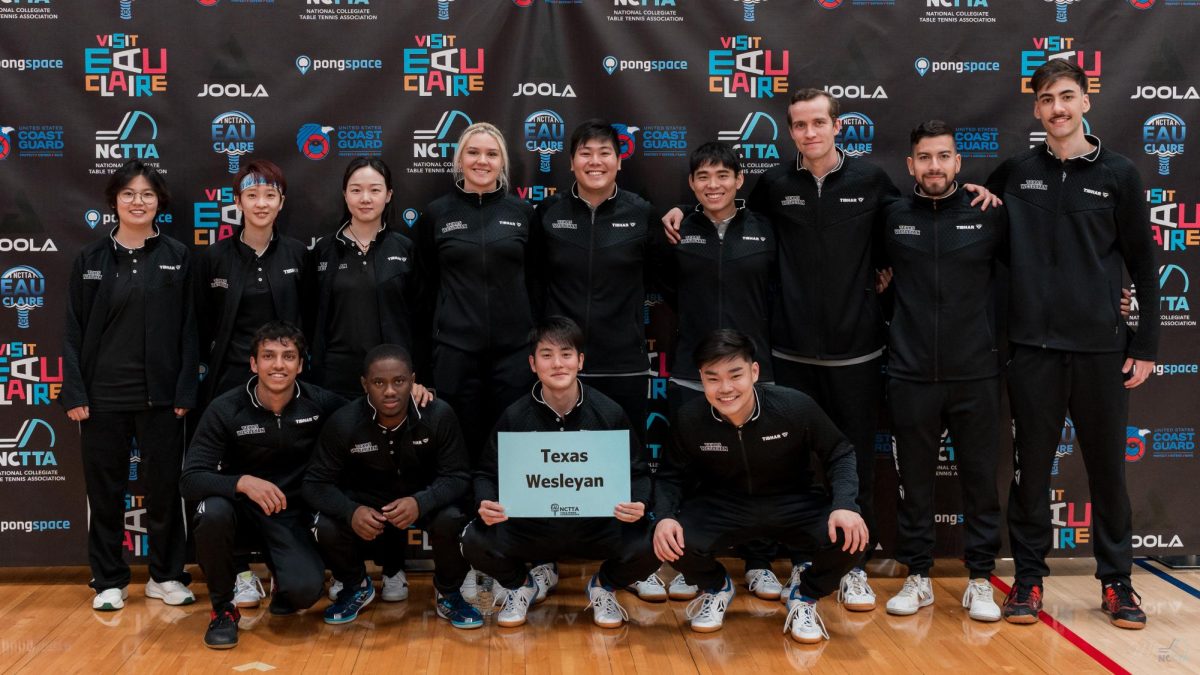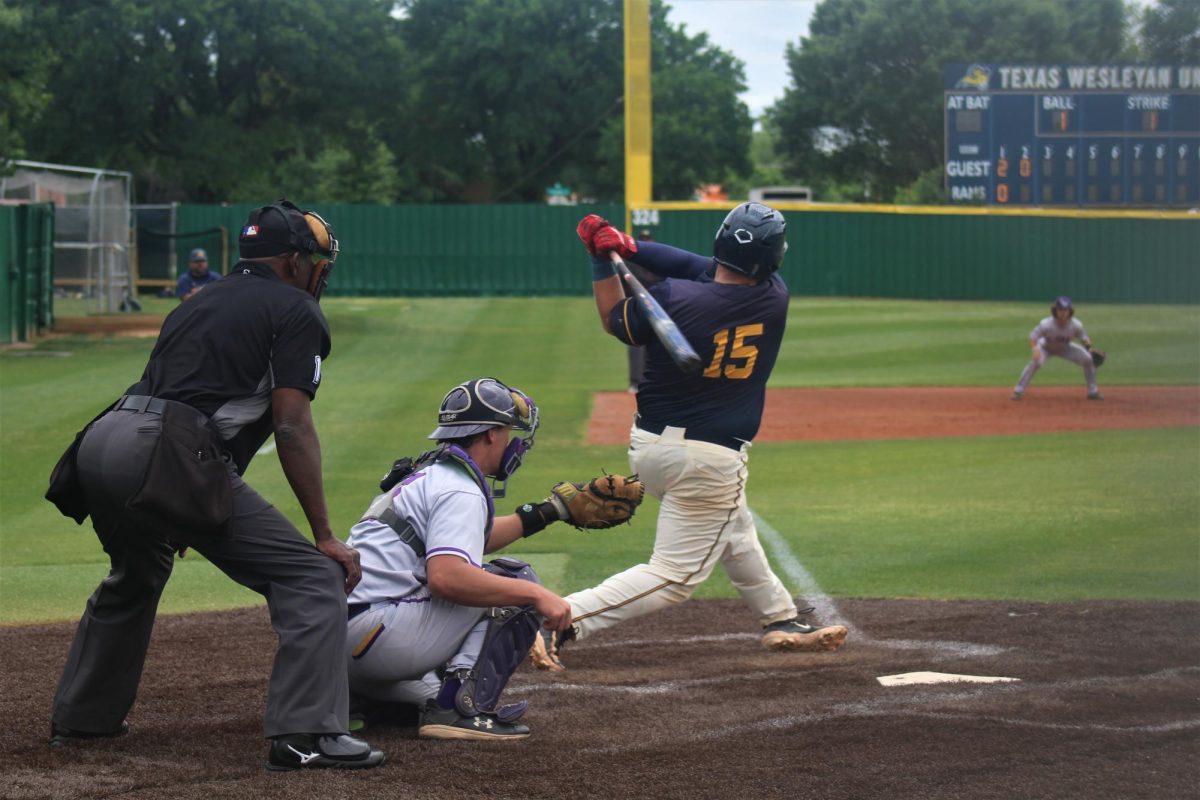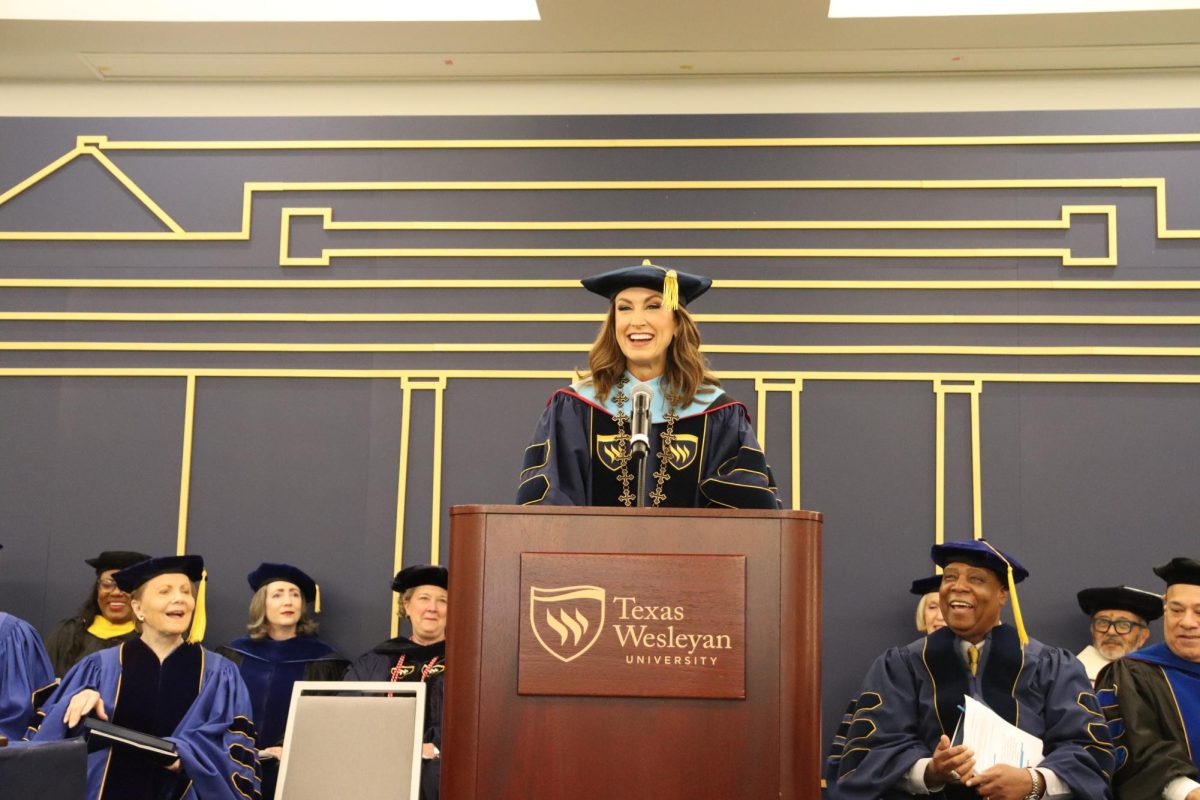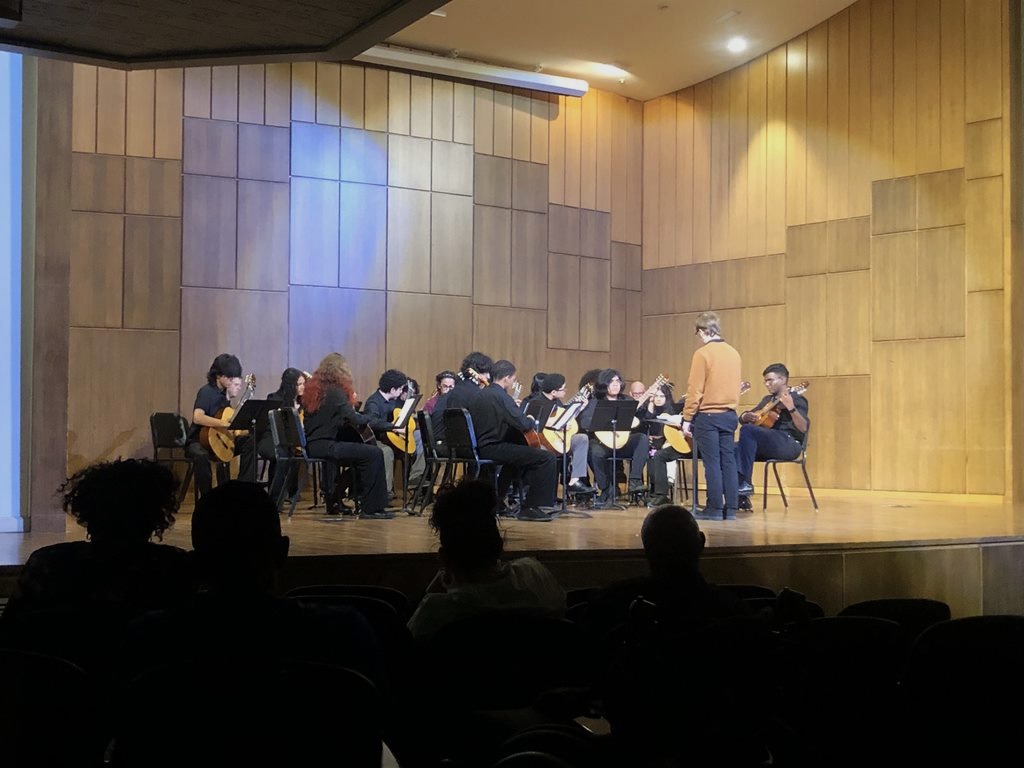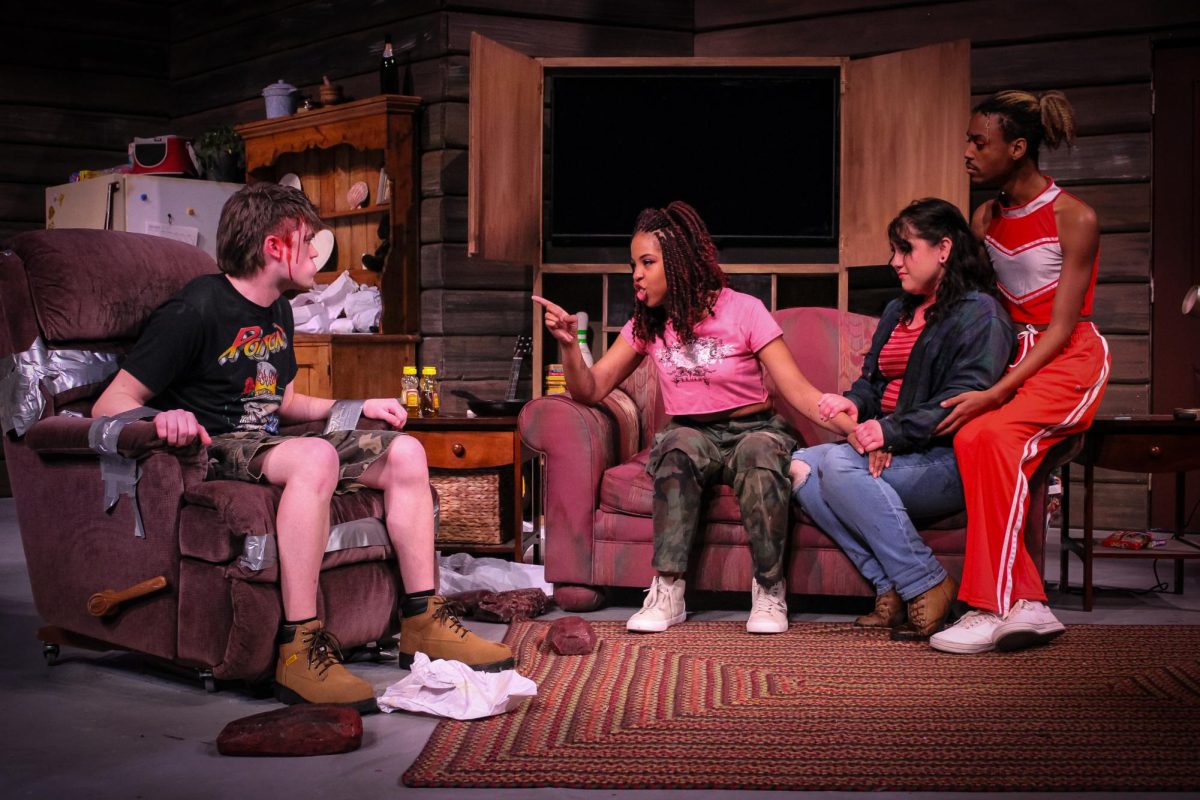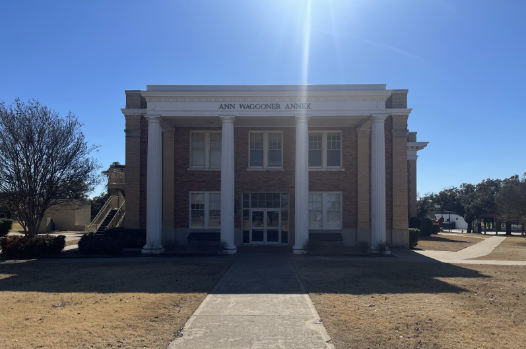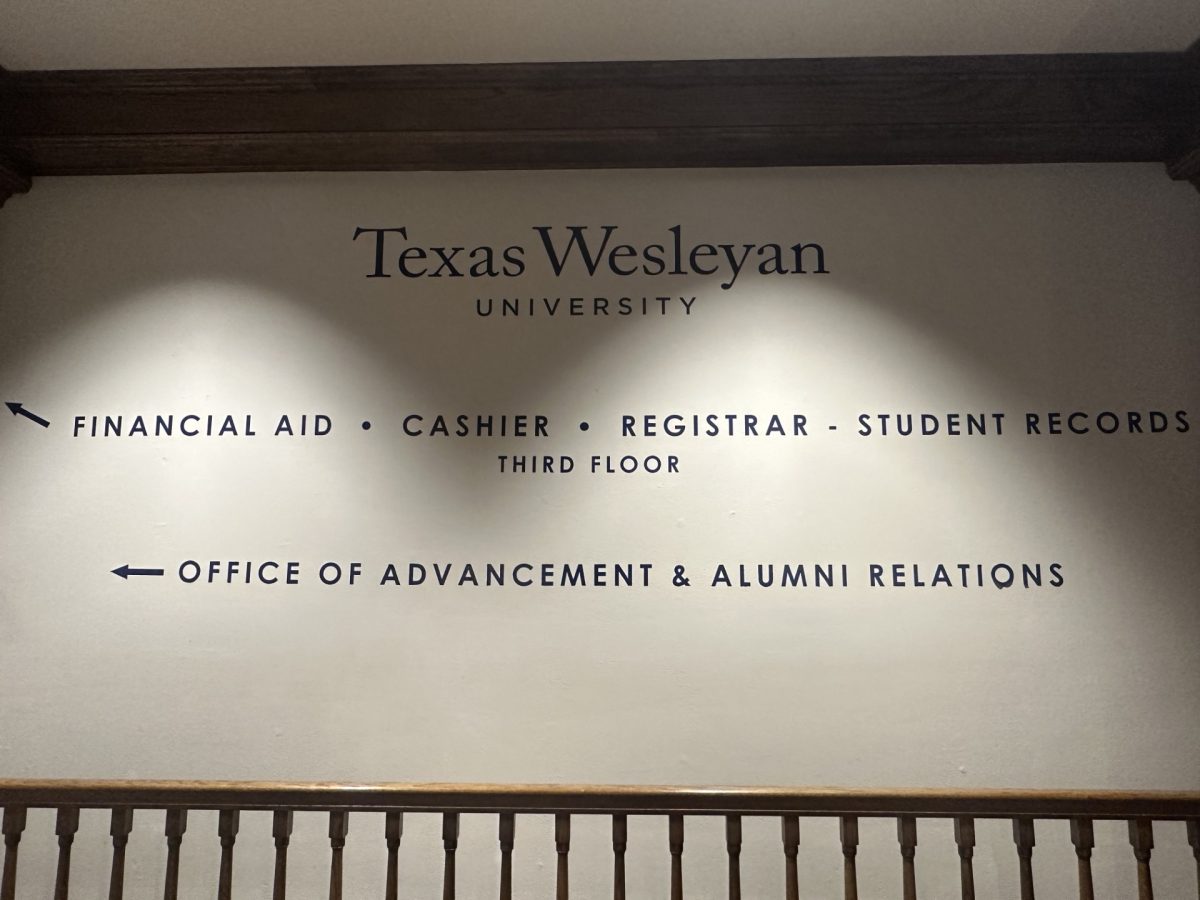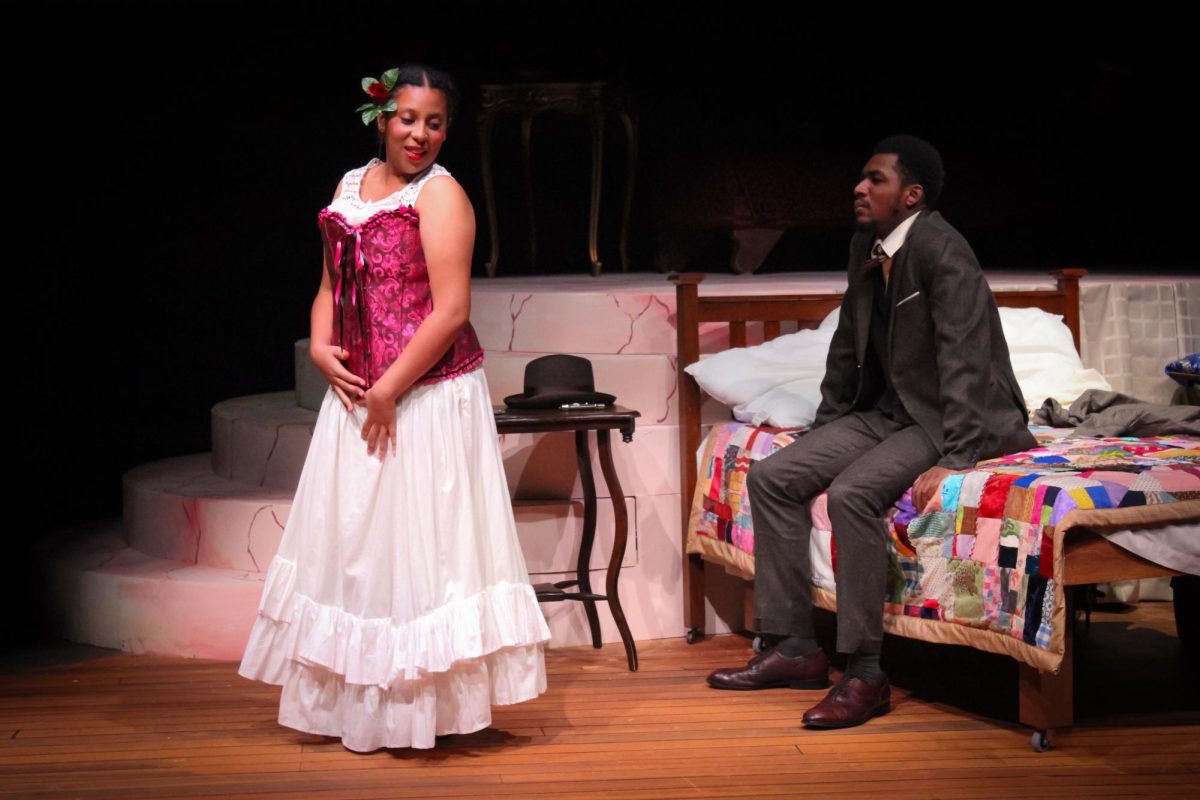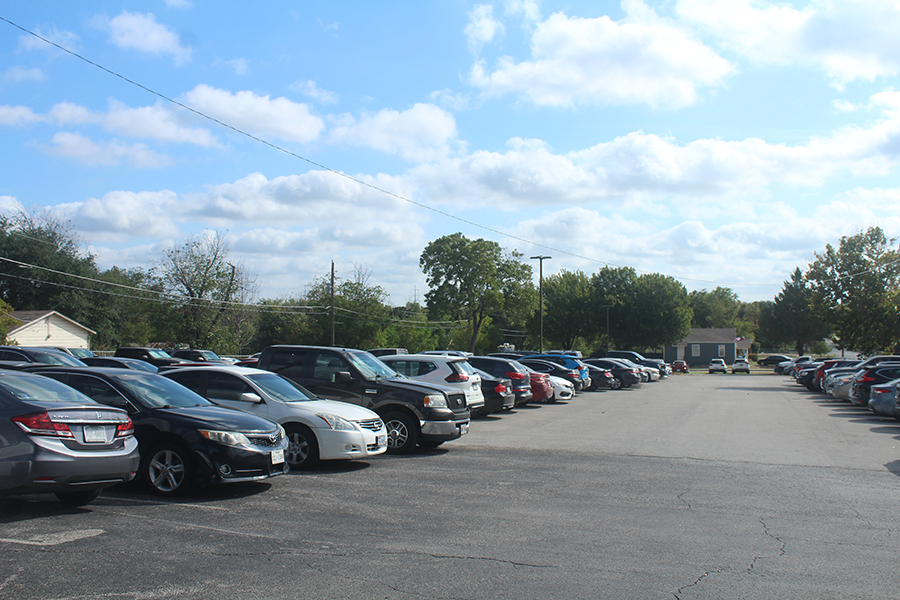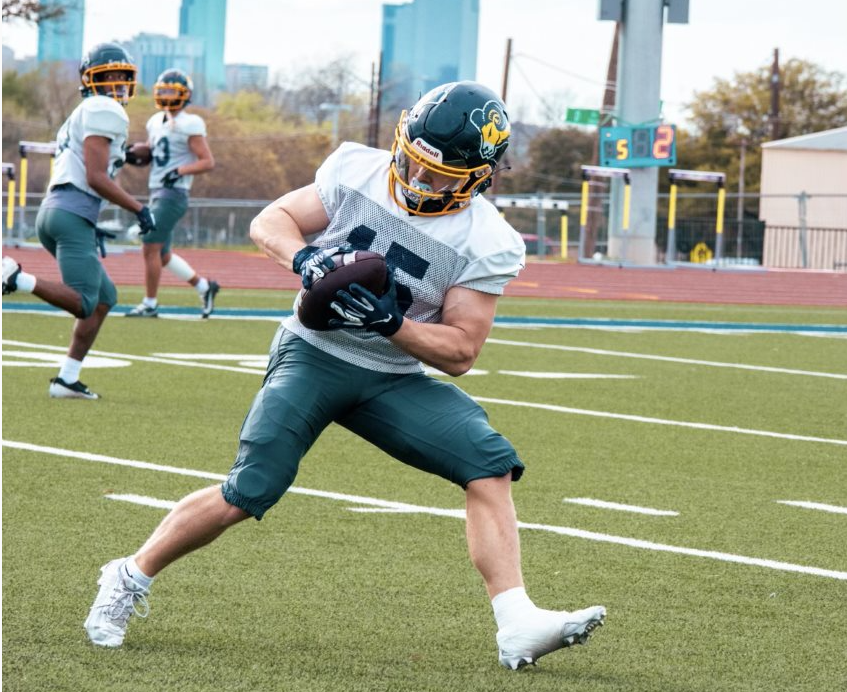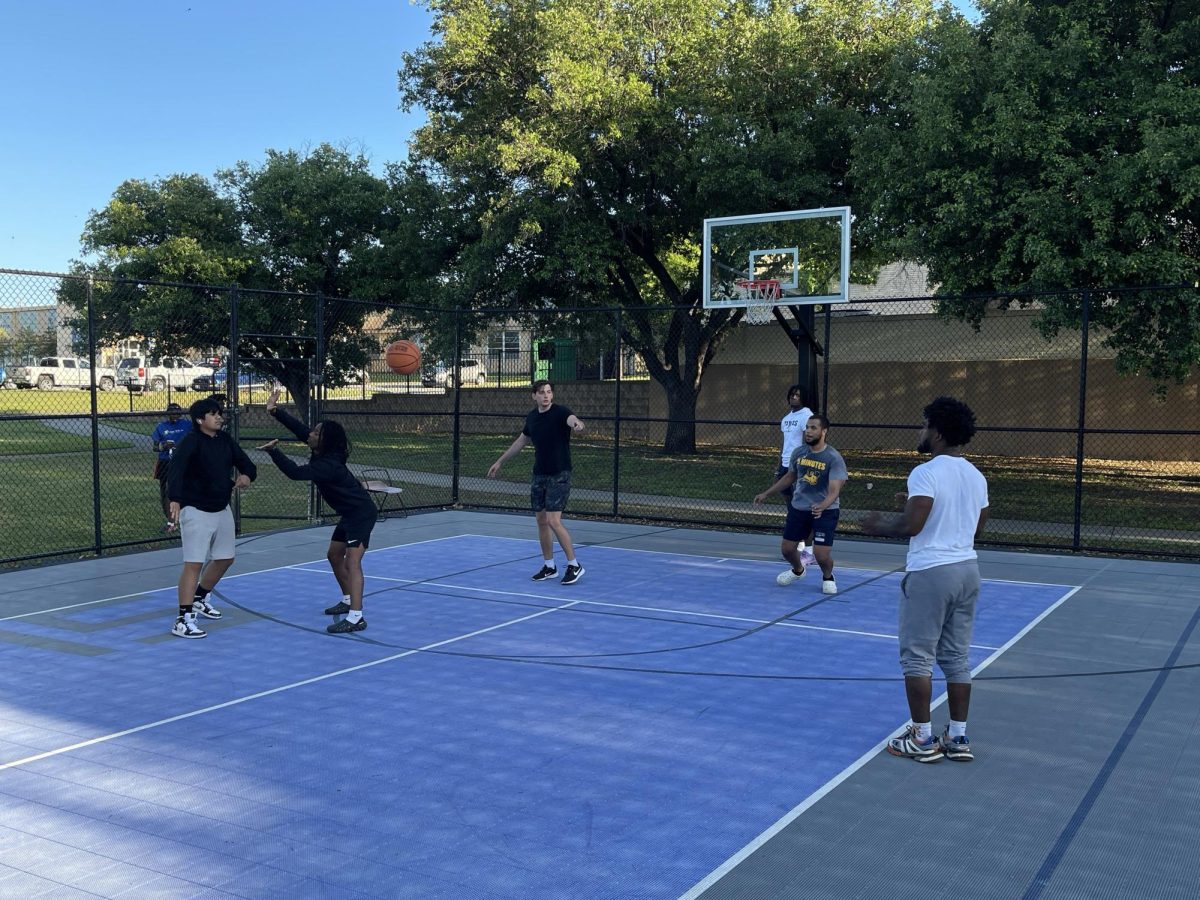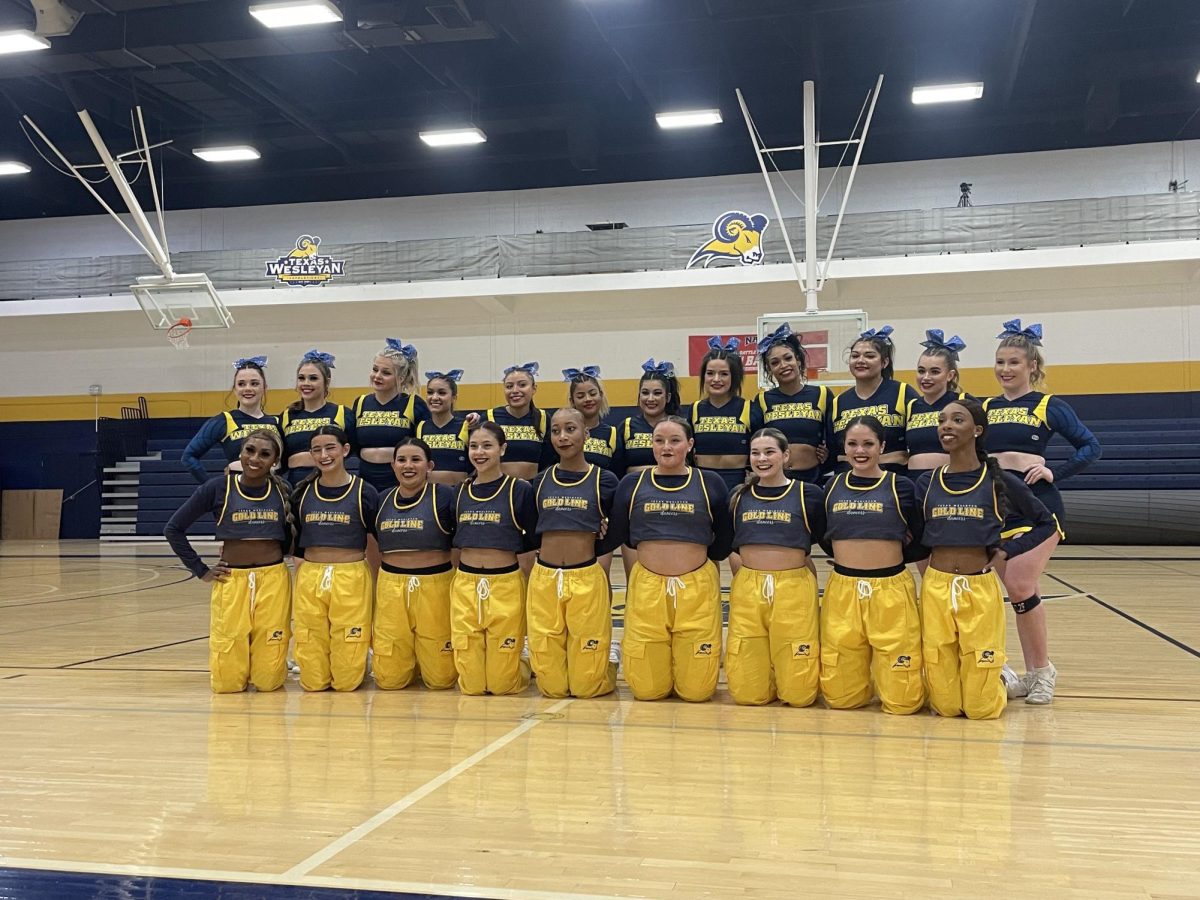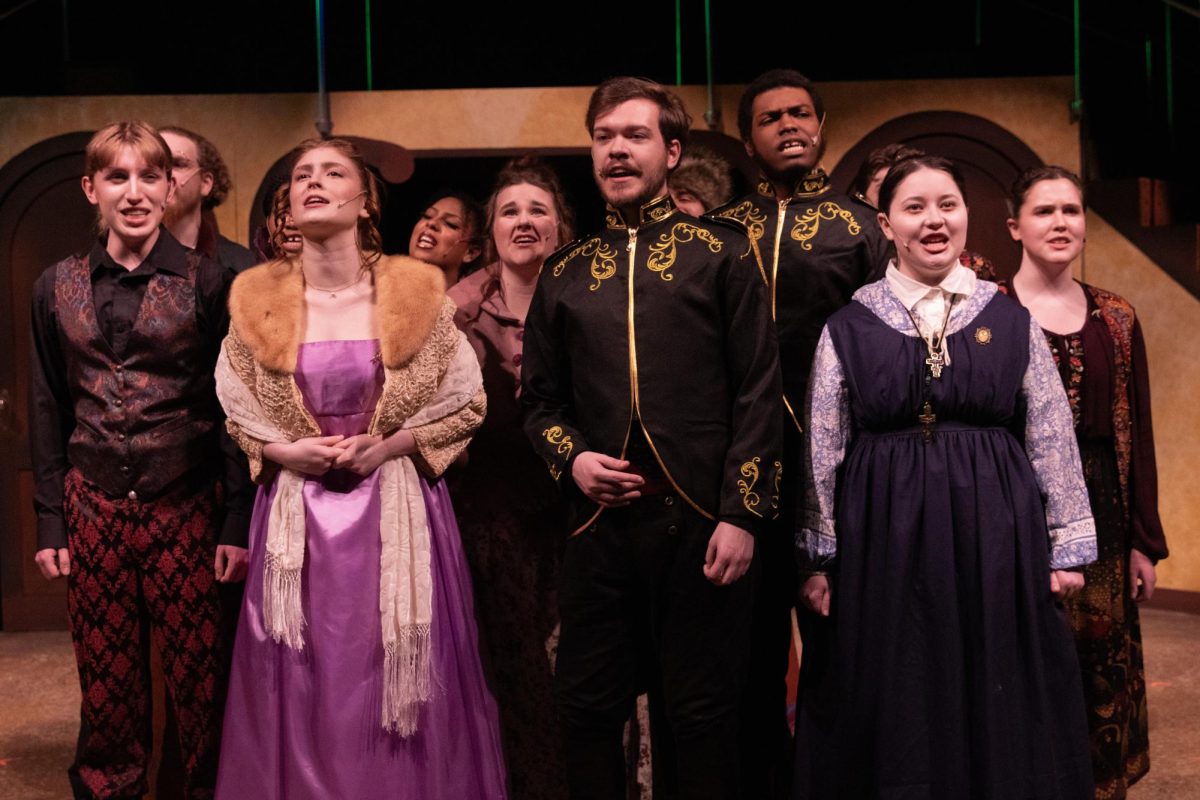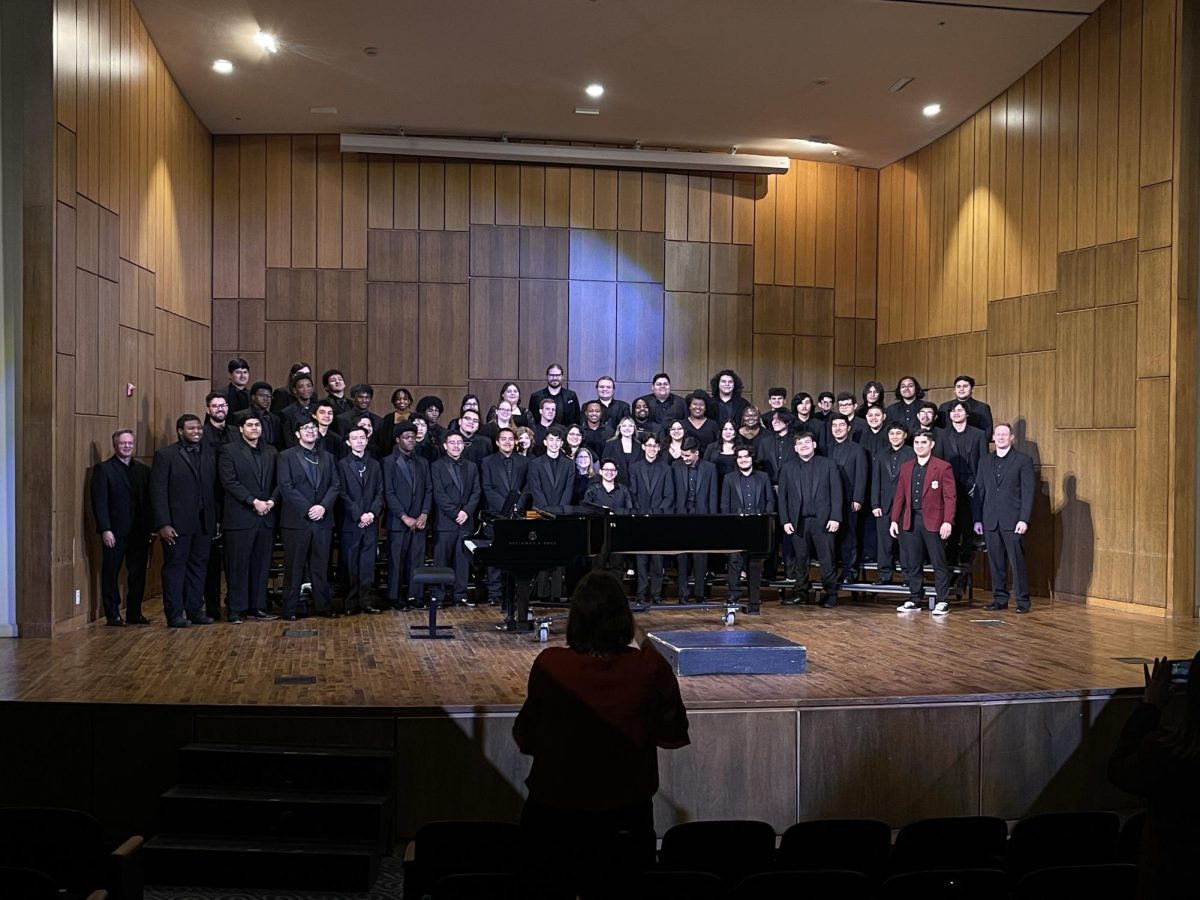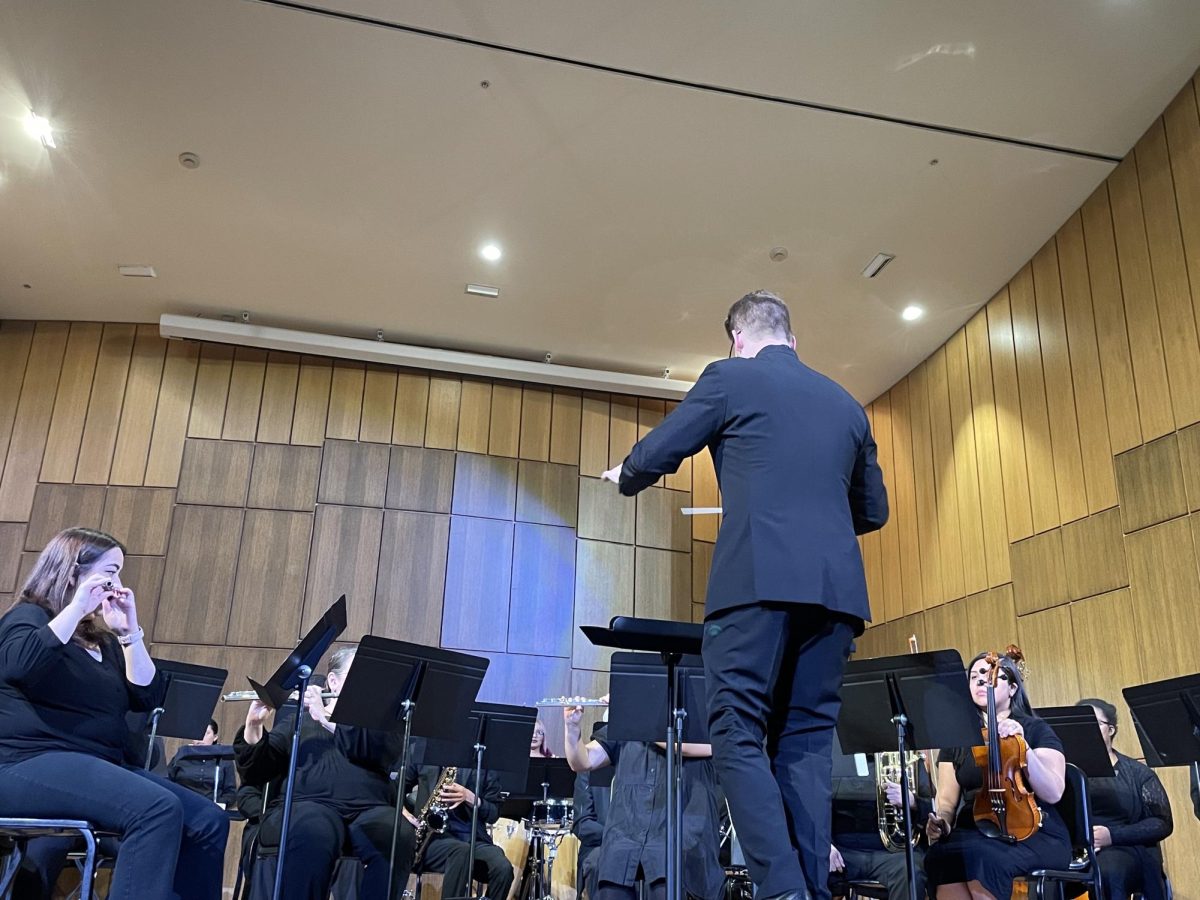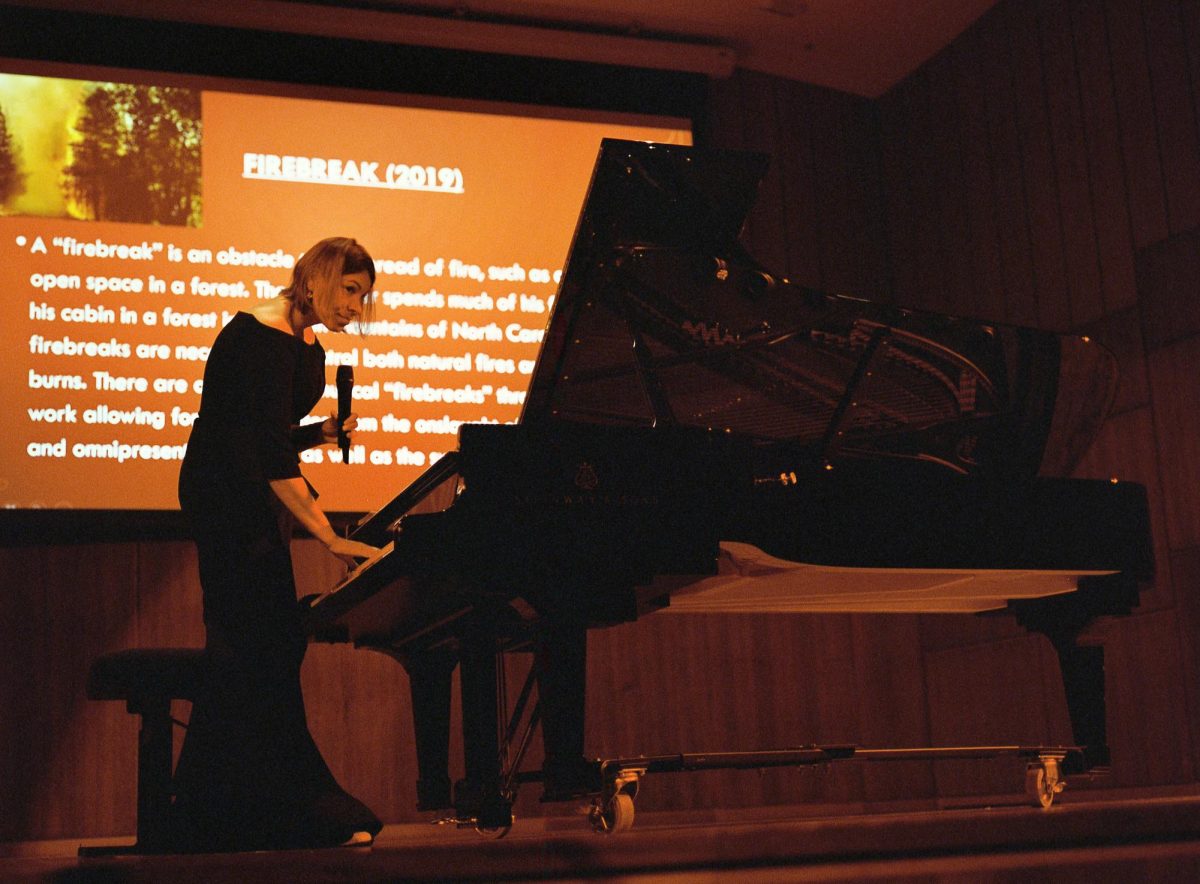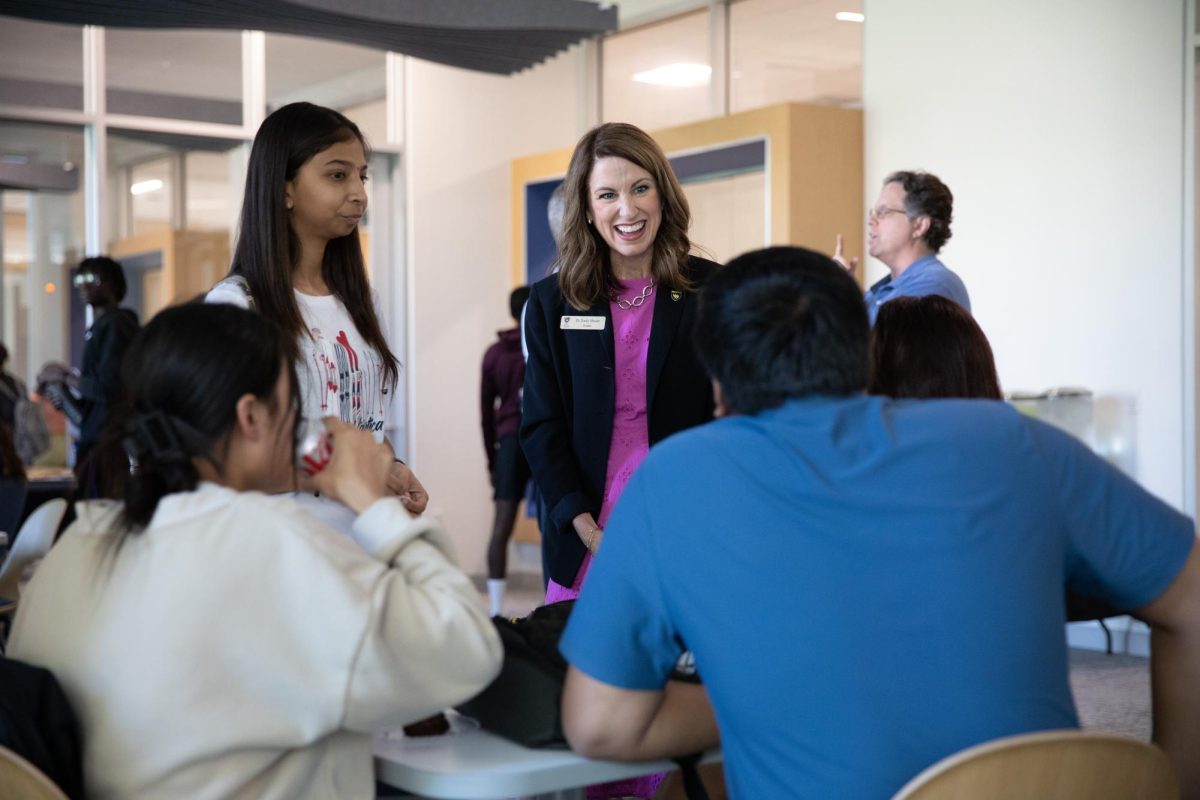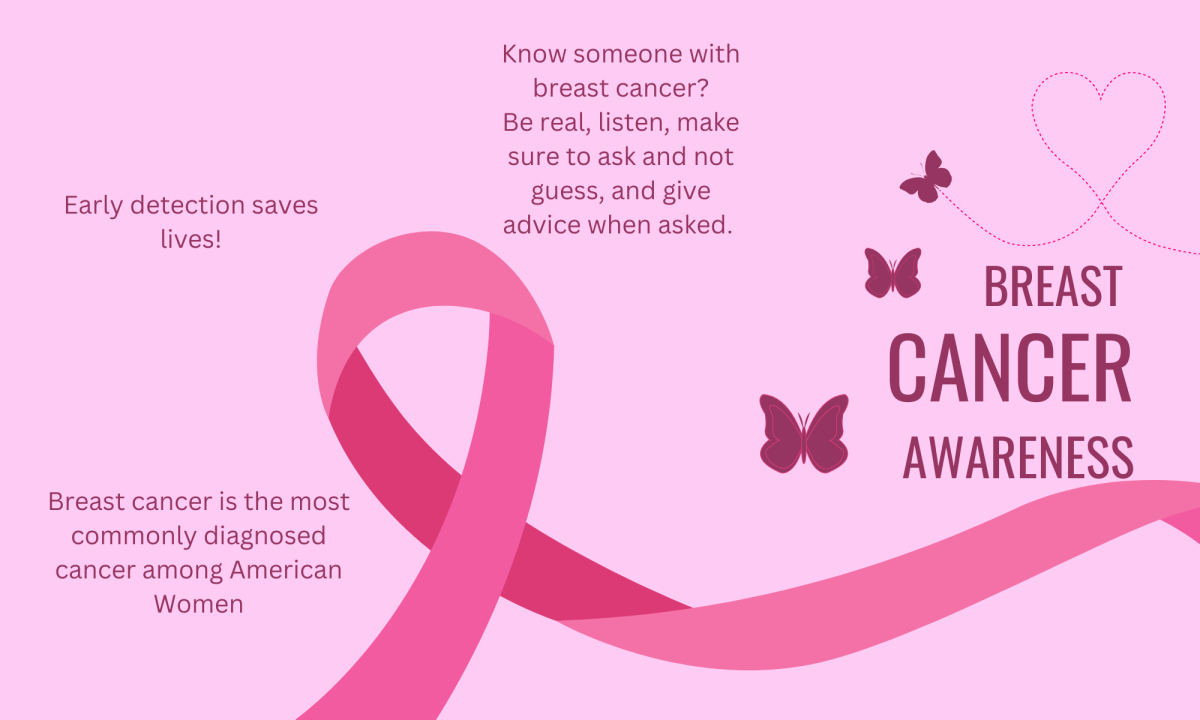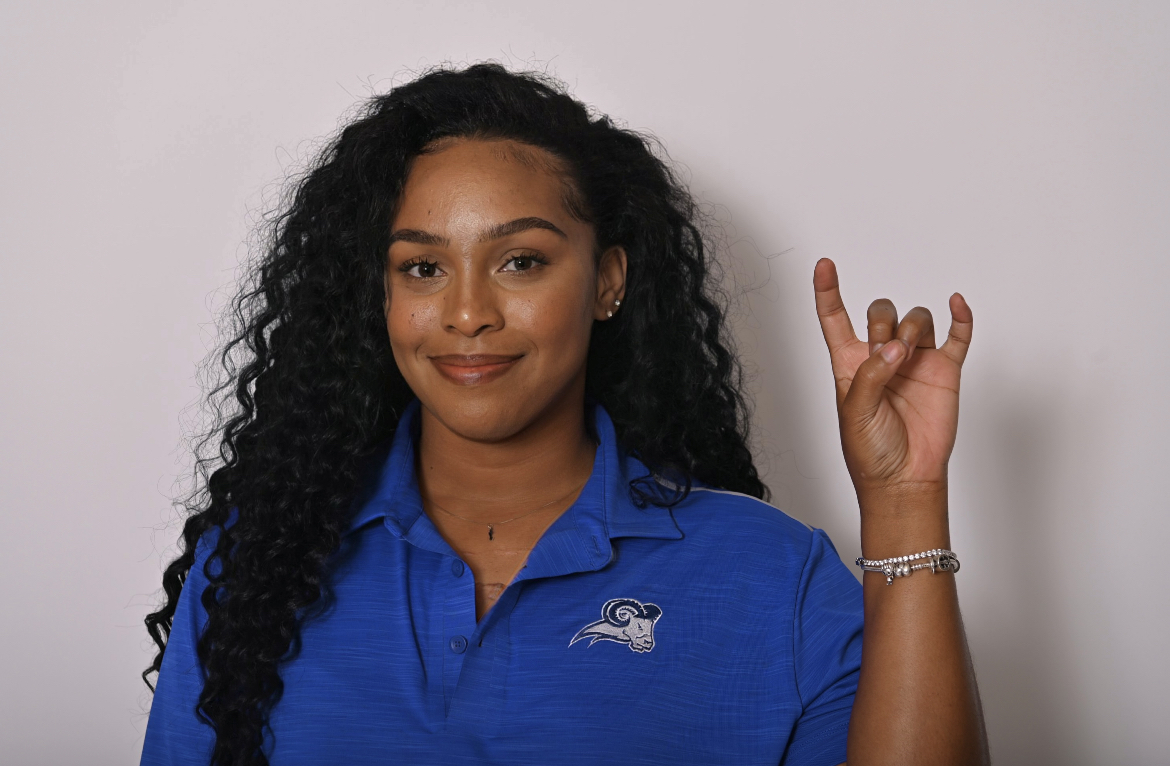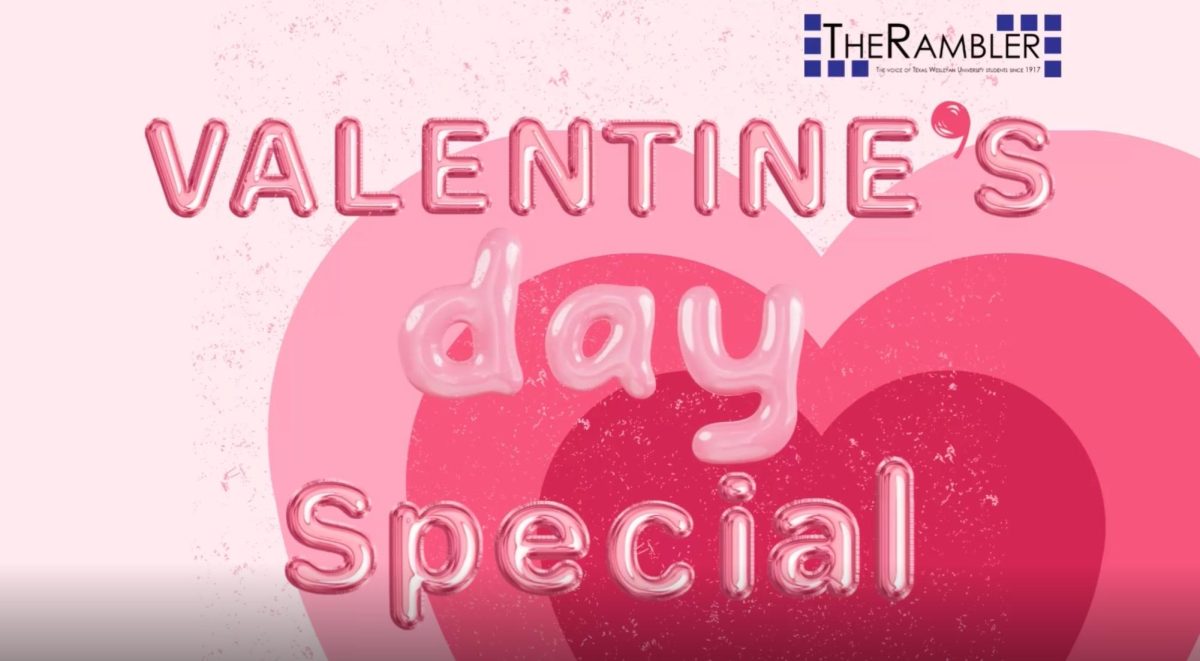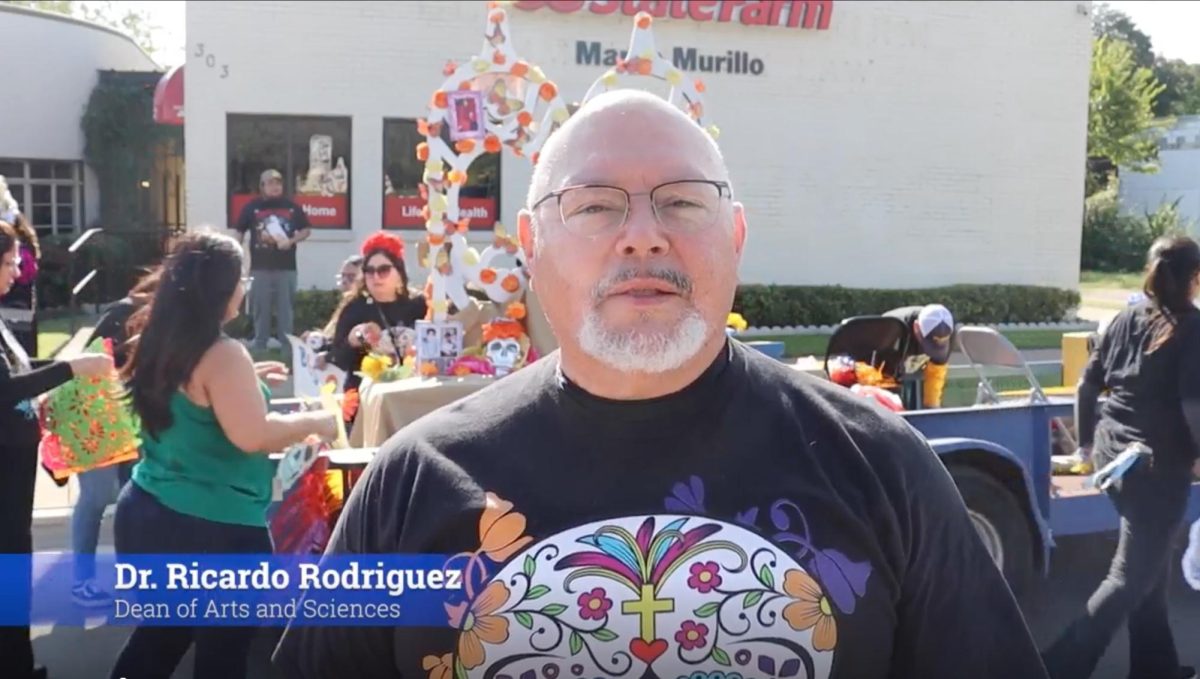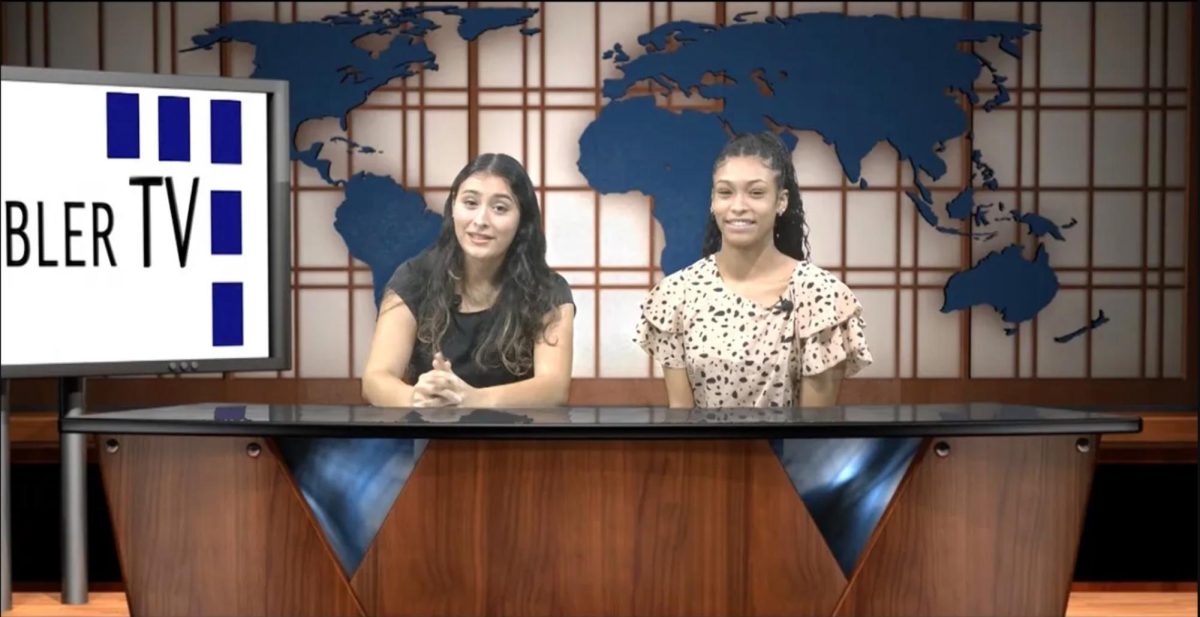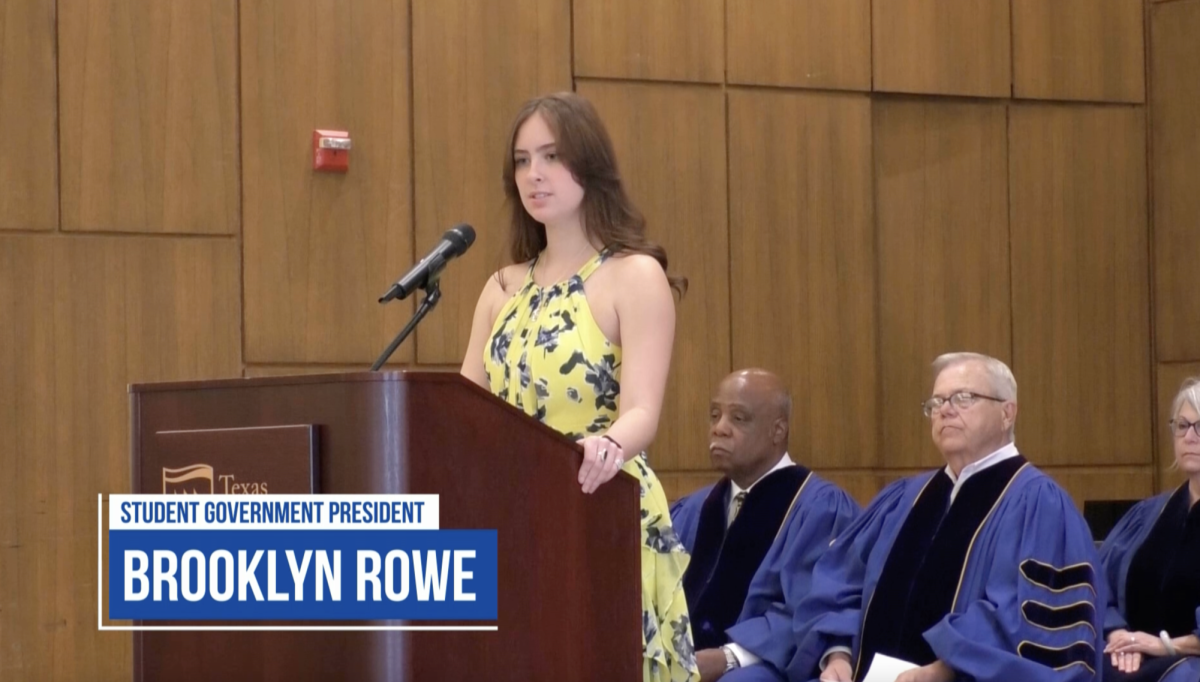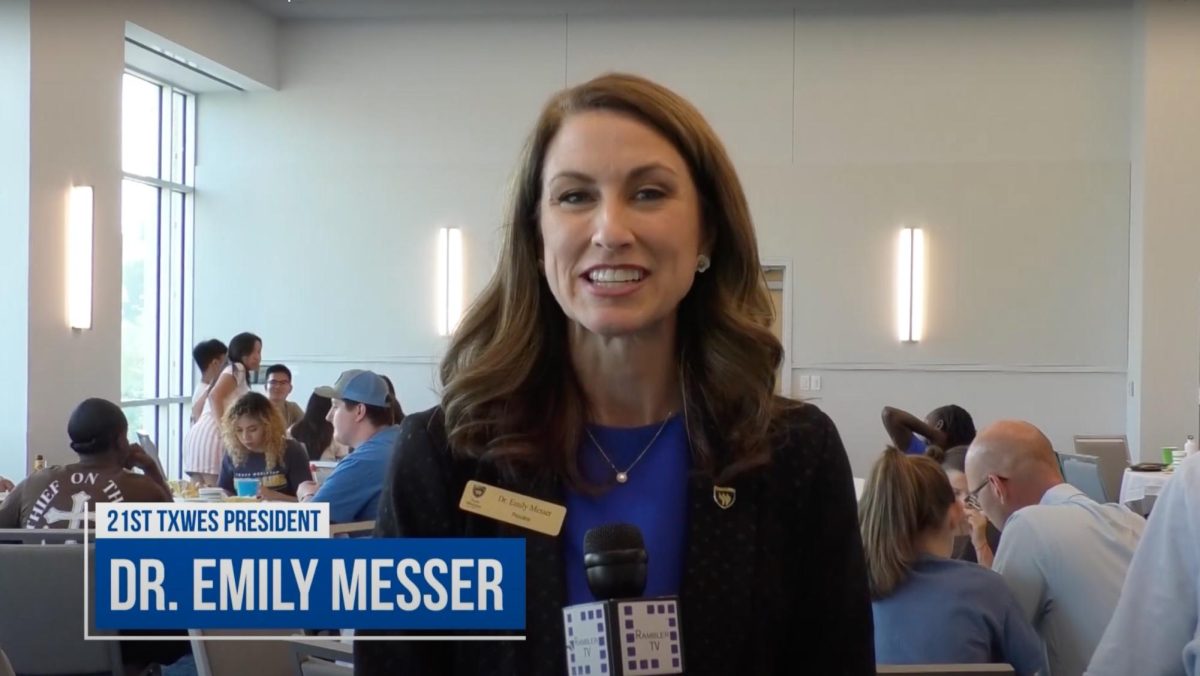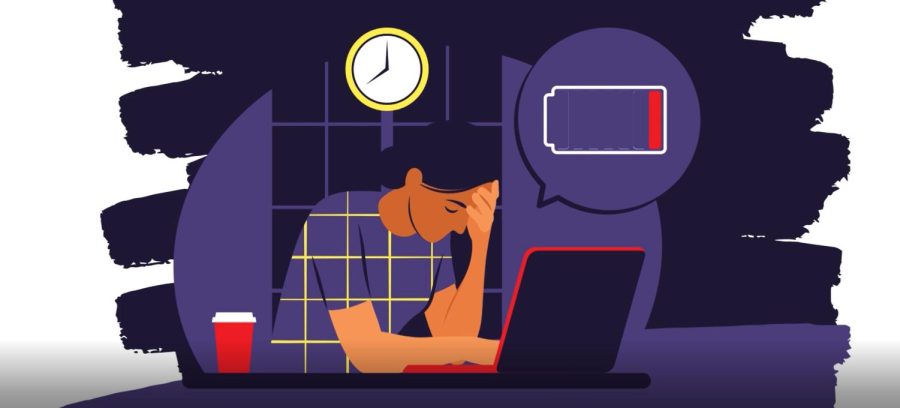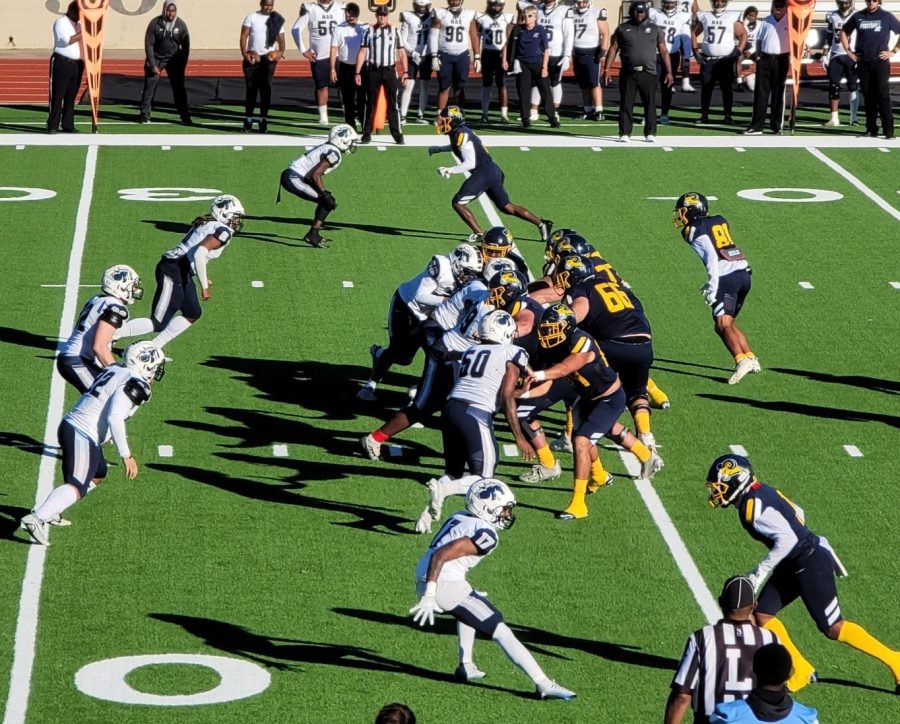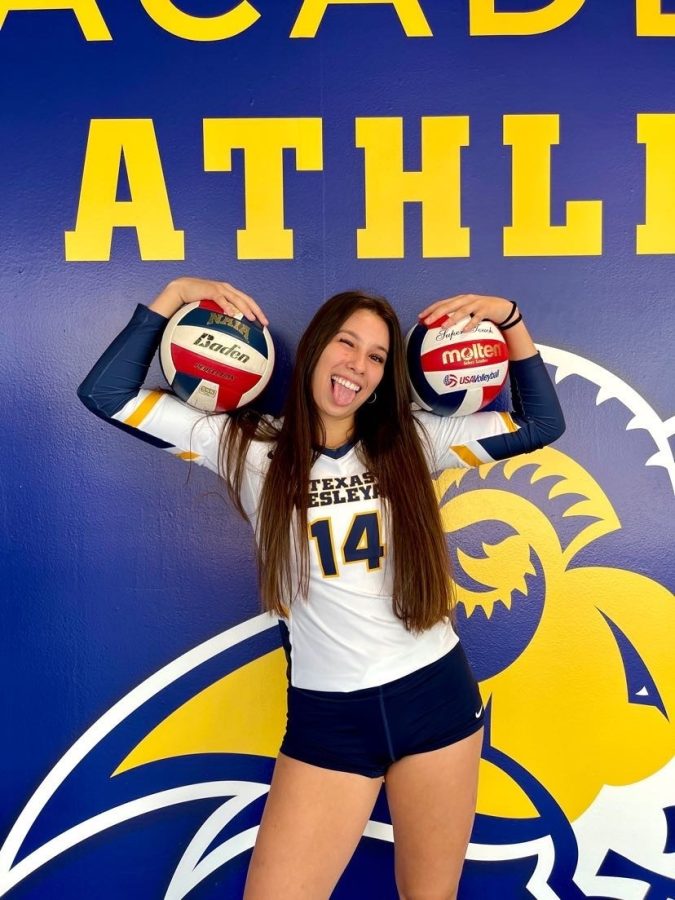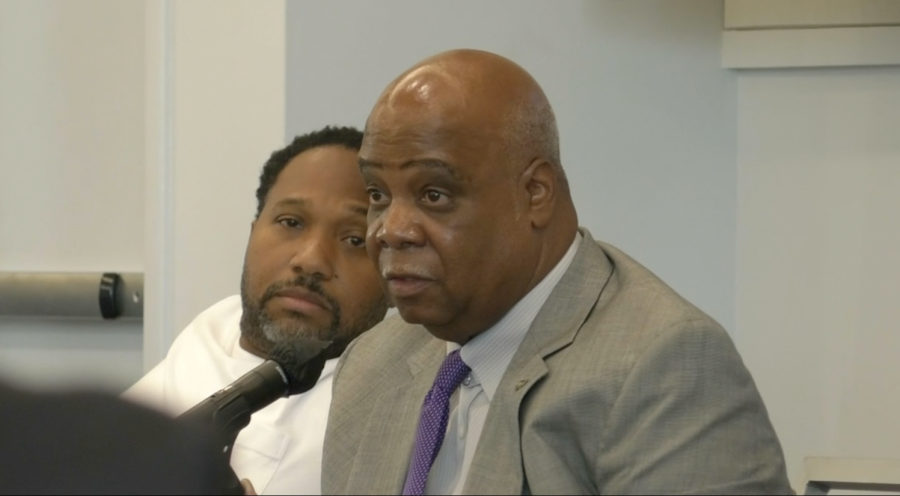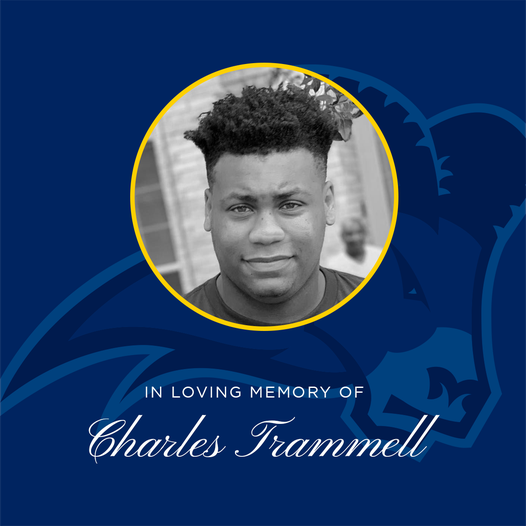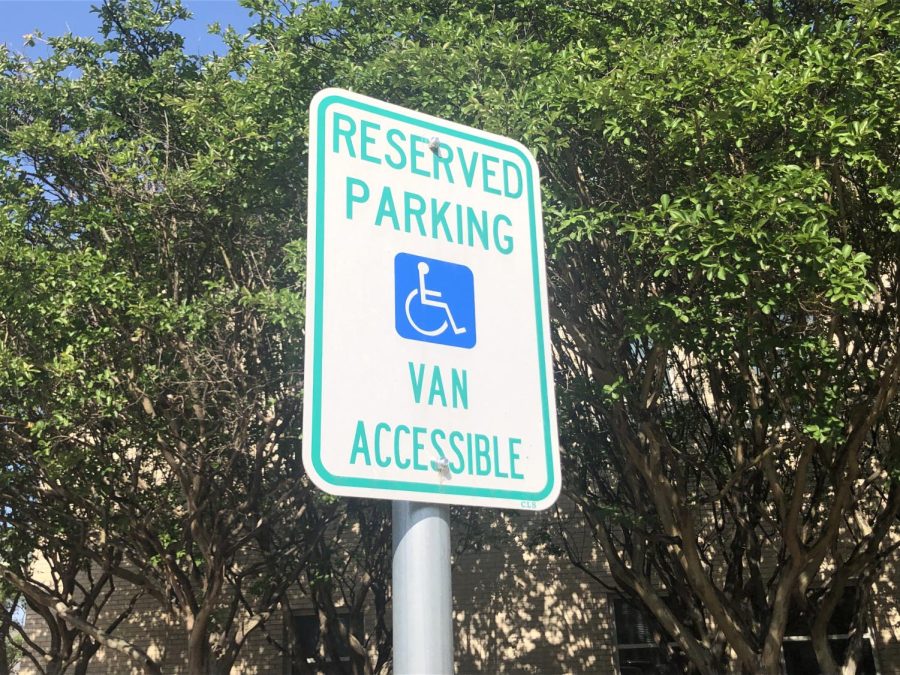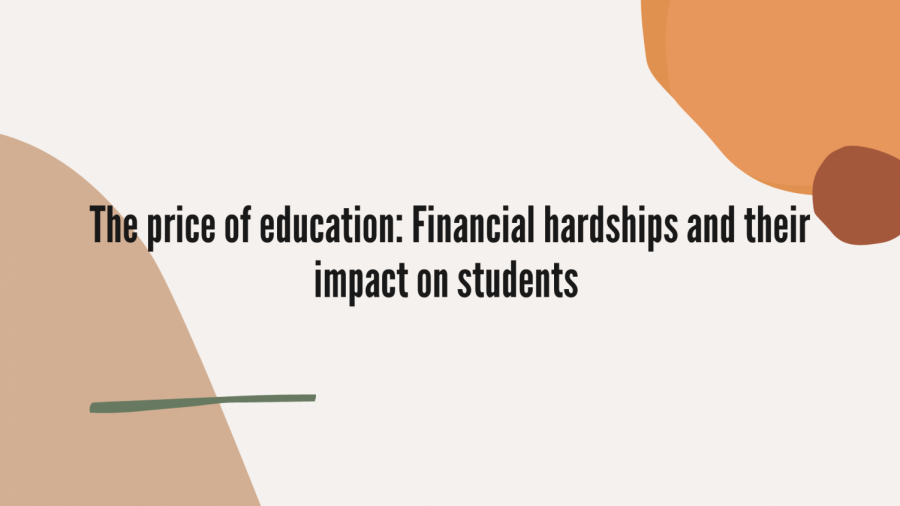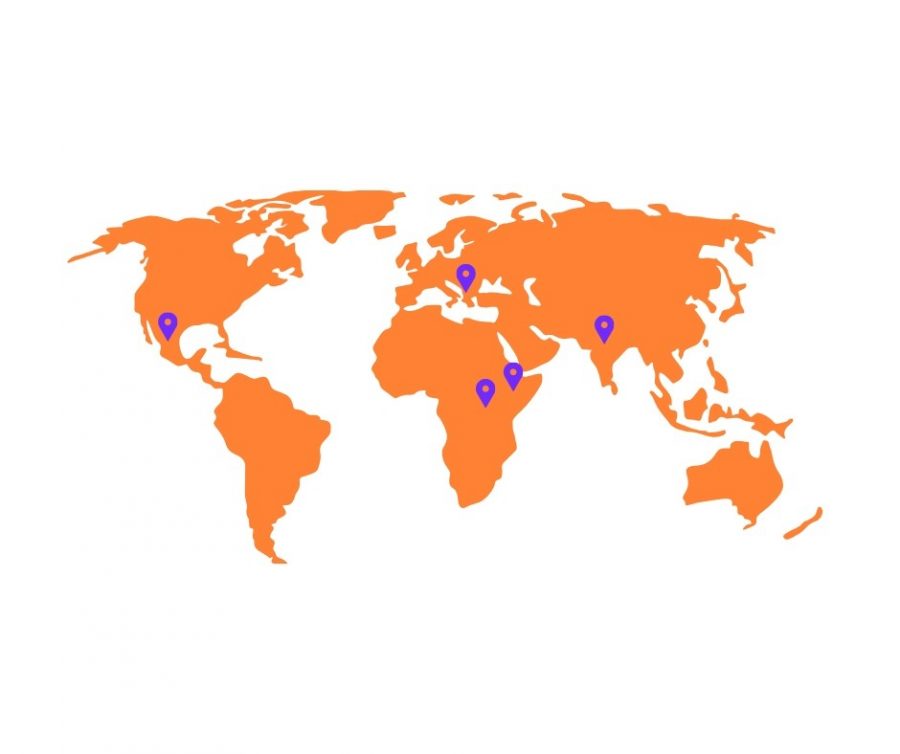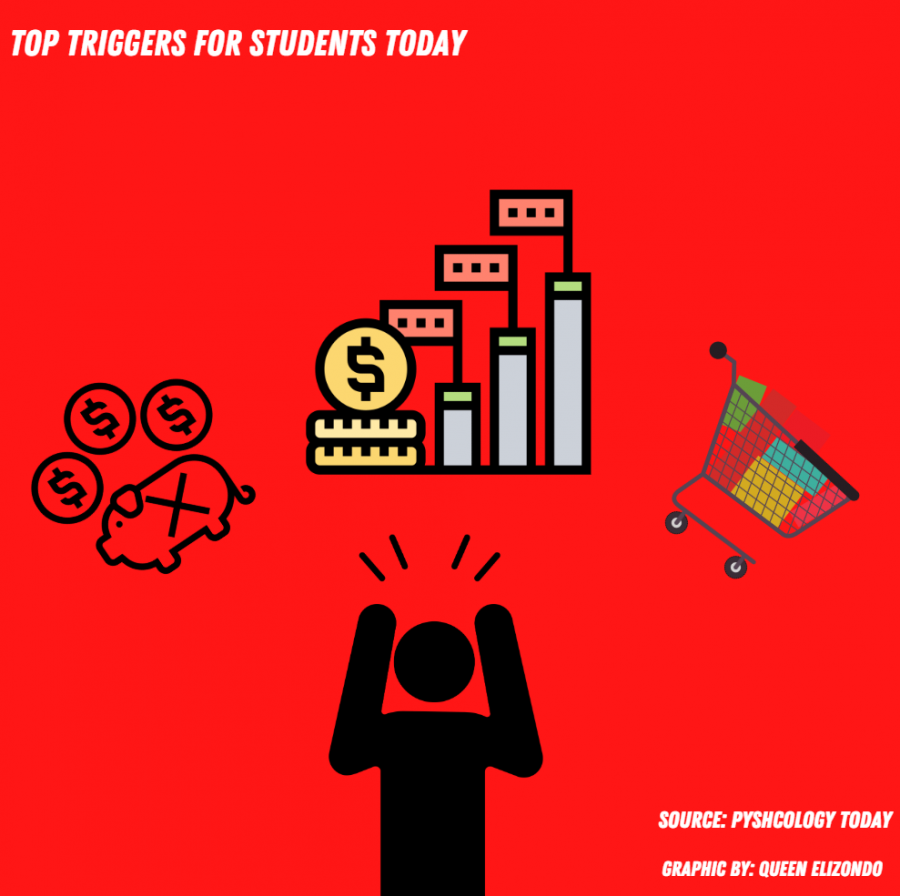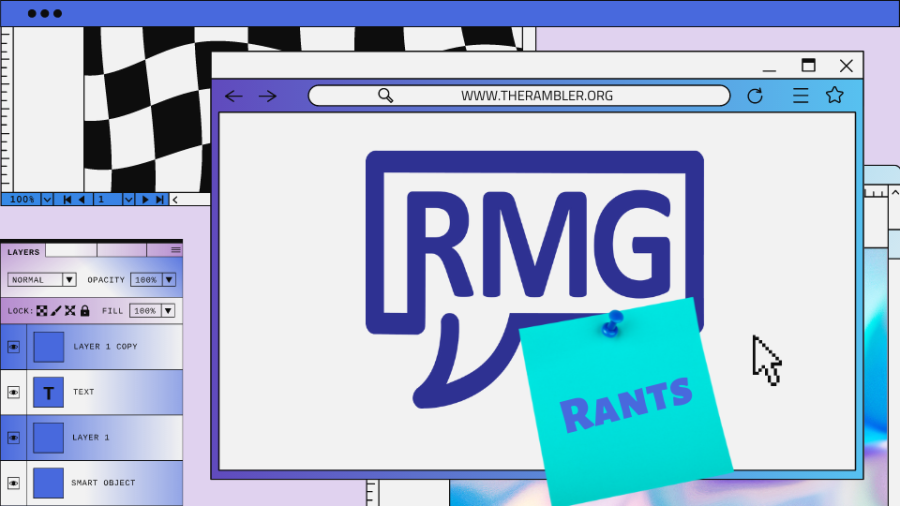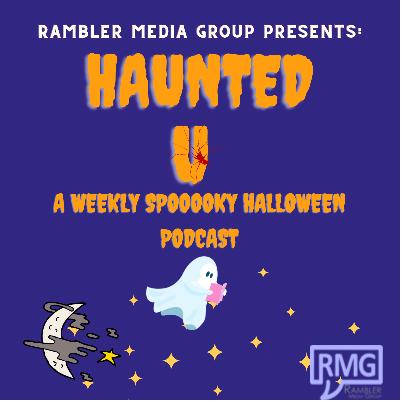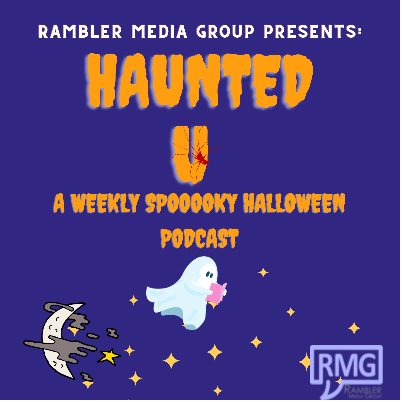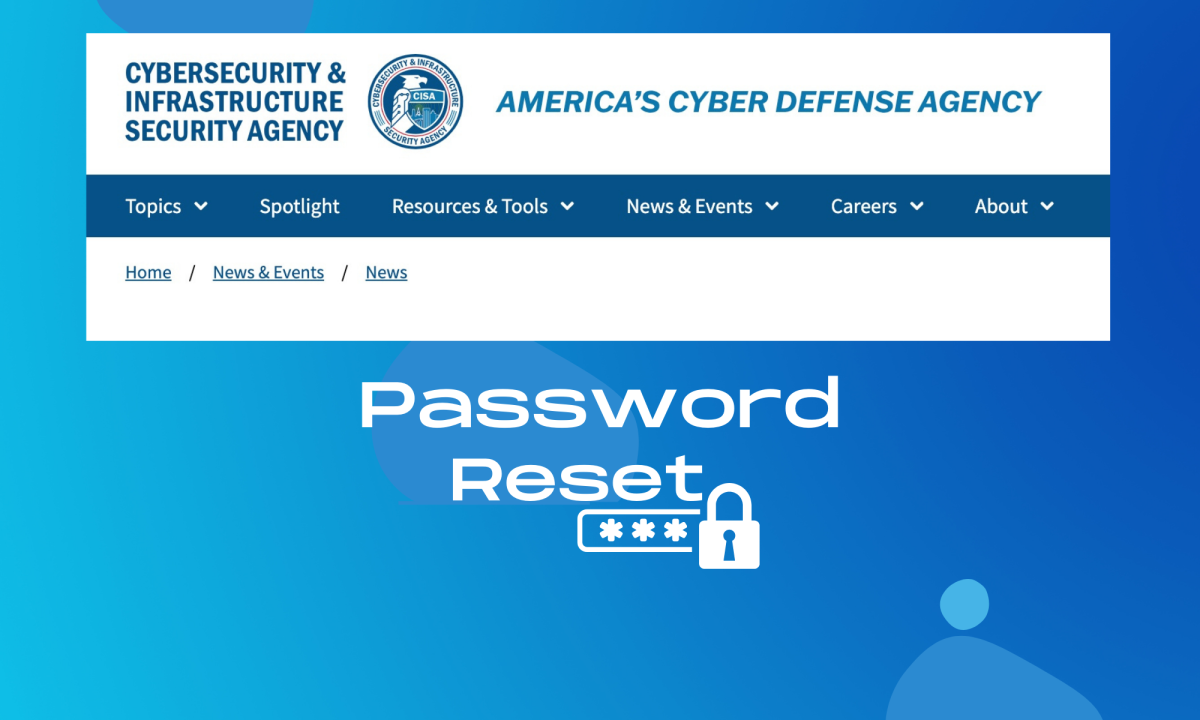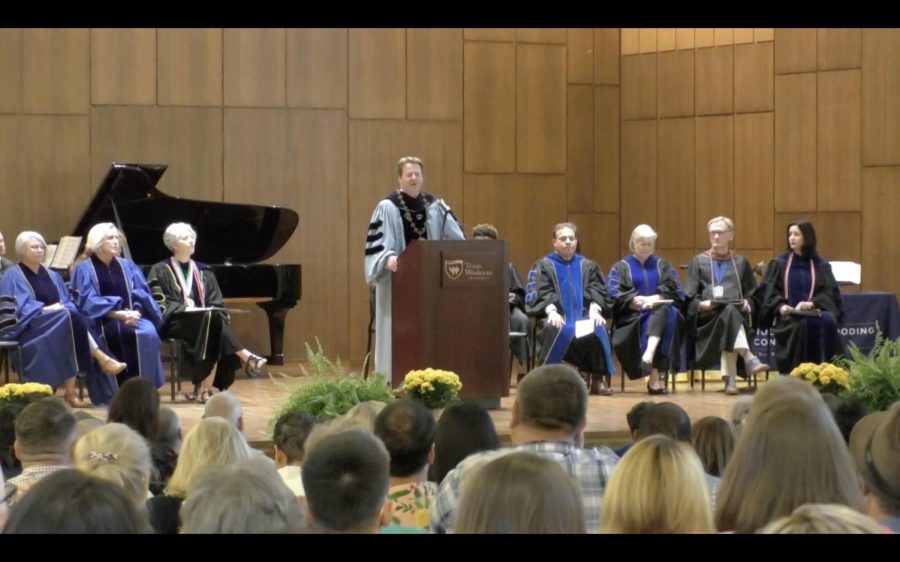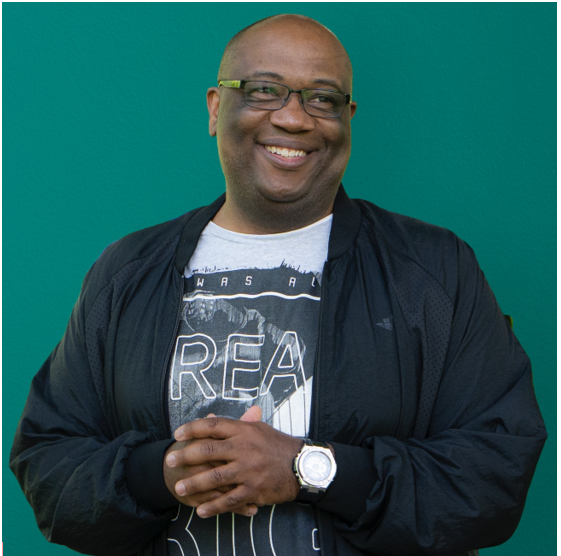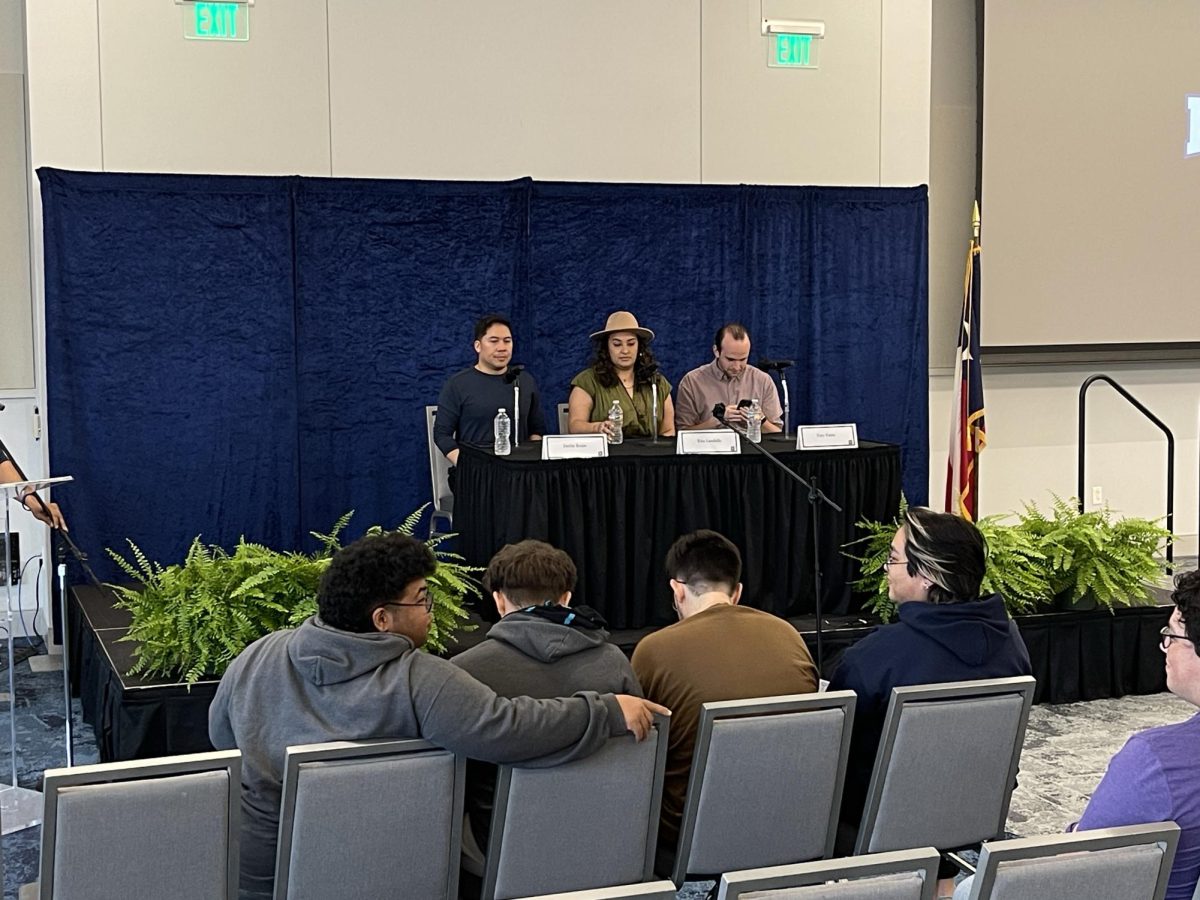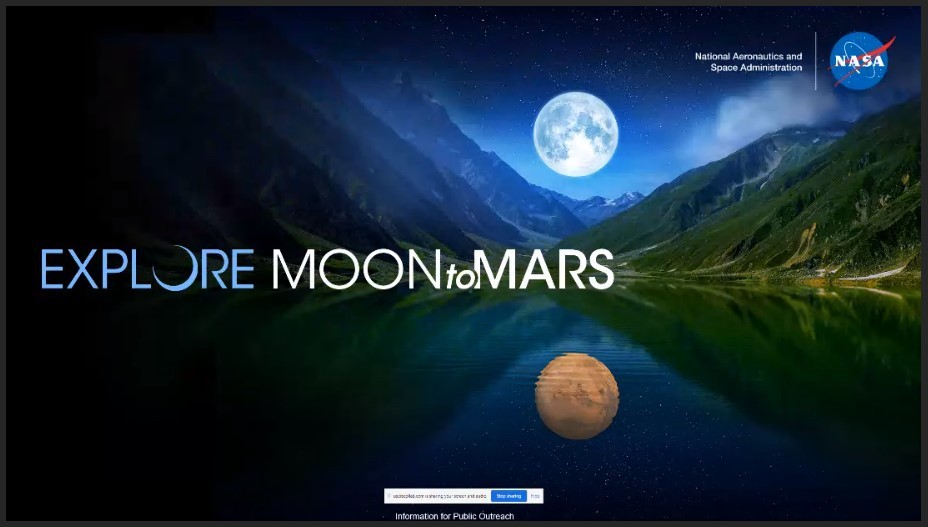
Dr. Eileen K. Stansbery spoke about the future of NASA’s exploration during Wednesday morning’s University College Day virtual keynote address.
Stansbery said NASA is currently trying to bring in commercial capability to make sure that there is a strategy that drives toward accomplishing goals that are beyond just a government space program.
“A year ago, we started a commercial endeavor to have small payloads landed on the moon,” she said. “We also had a graceful involvement of our international partners and our commercial partners in developing an ability to land humans anywhere on the moon by 2024.”
Stansbery said going to the moon will prove technologies and capabilities for sending humans to Mars, which is thought of as a three-year adventure. She believes that there could be life elsewhere in the universe, but there is no confirmation of life in the Kepler System so far, though this could be because of the limitations on telescope resolution and sensors that are currently available.
“The universe is a big place,” she said, “and the more we learn about the extent of other planetary bodies around other star systems, and the other possibilities of Earth-sized planetary bodies within a habitable zone of their star systems, the more I think that yes, there is a possibility that there is life elsewhere out there. We may never see it, though, because the evolutionary process within all of these solar system bodies is long and the presence of intelligent life lasts, to our knowledge, a very short fraction of that.”

Dr. Ngozi Akinro, University College Day chair, believes that virtual UCD was successful.
“From what I gathered from some students, staffs and faculty; the day was a tremendous success,” Akinro wrote in an email. “The community appreciated the opportunity to still have UCD and the Keynote event. I think Dr. Eileen Stansbery did a fantastic job and there couldn’t
have been a better speaker. The UCD committee appreciates the entire Wesleyan community and all participants for making this happen.”
Akinro wrote that there were a few issues, but they were not disruptive to the entire event.
“They were issues we could learn from to make subsequent UCDs better,” she wrote. “We all live for growth and improvement. We do know that some students struggle with Internet access or other limitations which a face-to-face opportunity would have mitigated.
“In all, both virtual and face-to-face UCD are geared towards the unique goal of providing a platform for the entire University, to learn from each other and to promote our students’ work. Without you all, there will be no UCD 2020, so thank you for being a part of history.”
Dr. Bruce Benz, professor of biology, wrote in an email that virtual UCD was just like a normal conference.
“Speakers are anxious, moderators are unreliable, some are good some are bad (or no-shows),” he wrote. “So I heard some great presentations and some presentations that were alright. It was just like a face to face conference. All the good and all the bad were present and evident.”

Dr. Christopher Ohan, associate professor of history, described in a video conference how the virtual poster presentation differed from in-person presentations.
“In the past, when you would do a poster presentation, you would stand next to your poster and you would be able to talk about it and answer questions, and we weren’t really able to do that this time,” Ohan said. “I think for students, it was better to do the posters virtually because it’s easier to do a virtual presentation than to put together a physical poster or foam board with all of the flaps and folds.”
Ohan believes that it is too early to determine the success of virtual UCD.
“We need to get feedback from the students and the speakers and that sort of thing,” he said. “The stuff that I have attended, I have been kind of impressed at the number of people that attended, and the questions that had been asked, so from what I have seen so far, it looks pretty successful to me, despite the fact that there were some issues this morning with Blackboard.”
Freshman technical theater major Meghan E. Lewis wrote in an email that presenting virtually was a difficult experience.
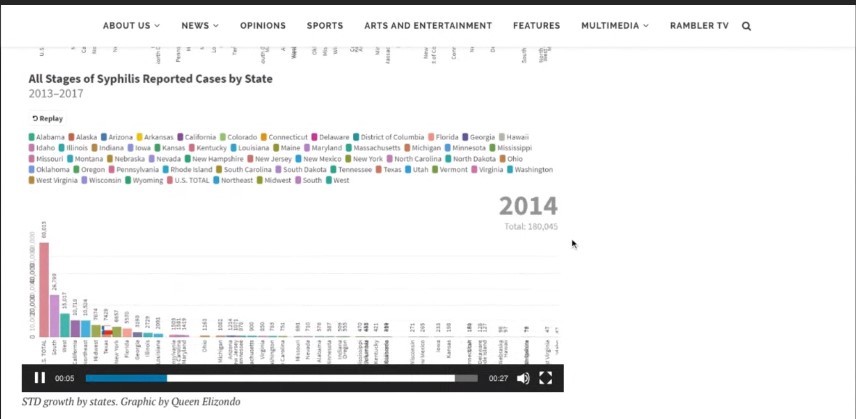
Lewis’s presentation, “TXWES Makers Lab Made Easy,” discussed the technology that is available in the Makers Lab such as 3D printers and laser engravers.
“Without the input of the audience being right in front of me it’s more difficult to understand if I need to slow down or elaborate more on the information,” Lewis wrote, “My biggest issue was rambling, without seeing anyone to help me regulate how much or little I should talk about a subject.”

